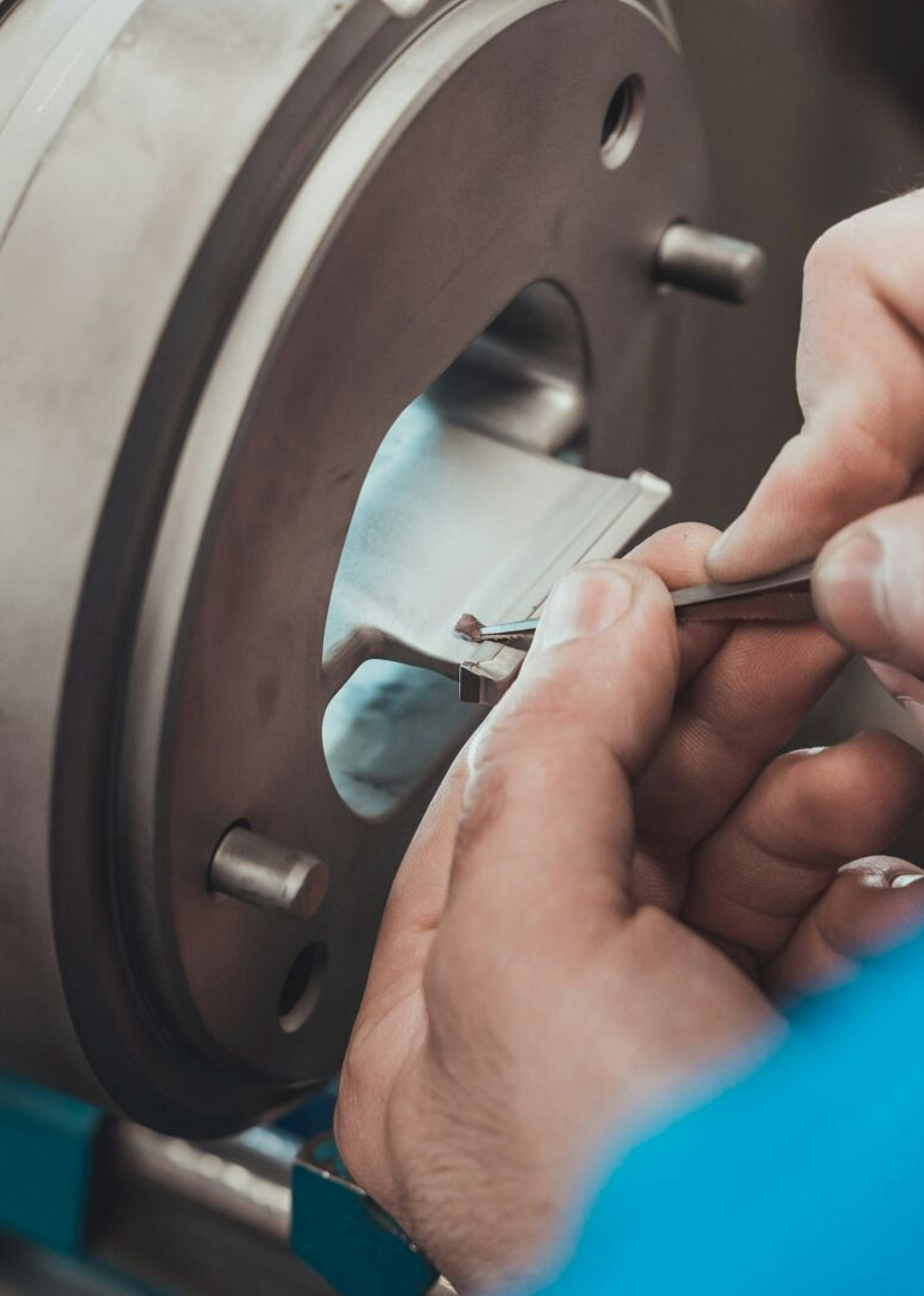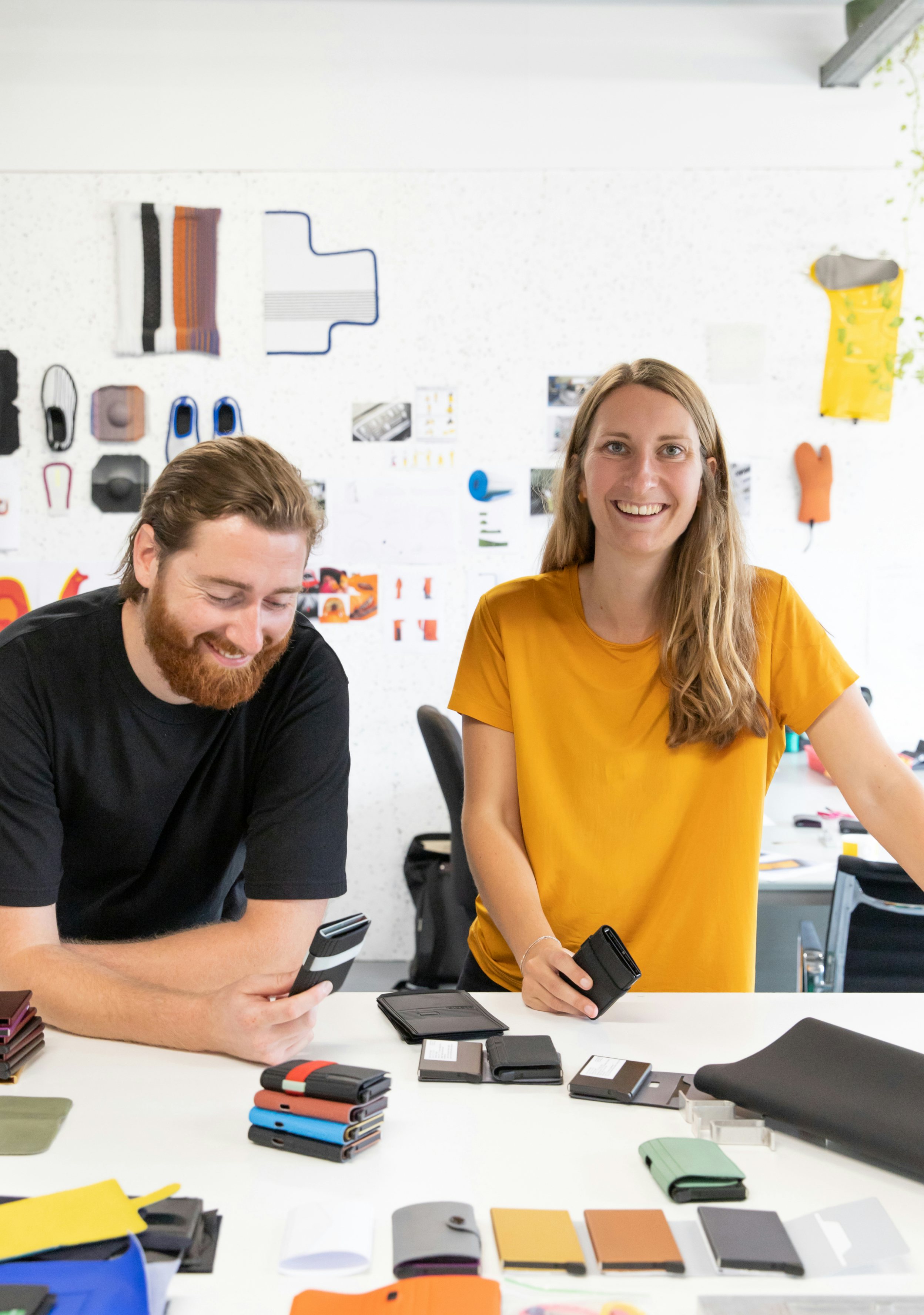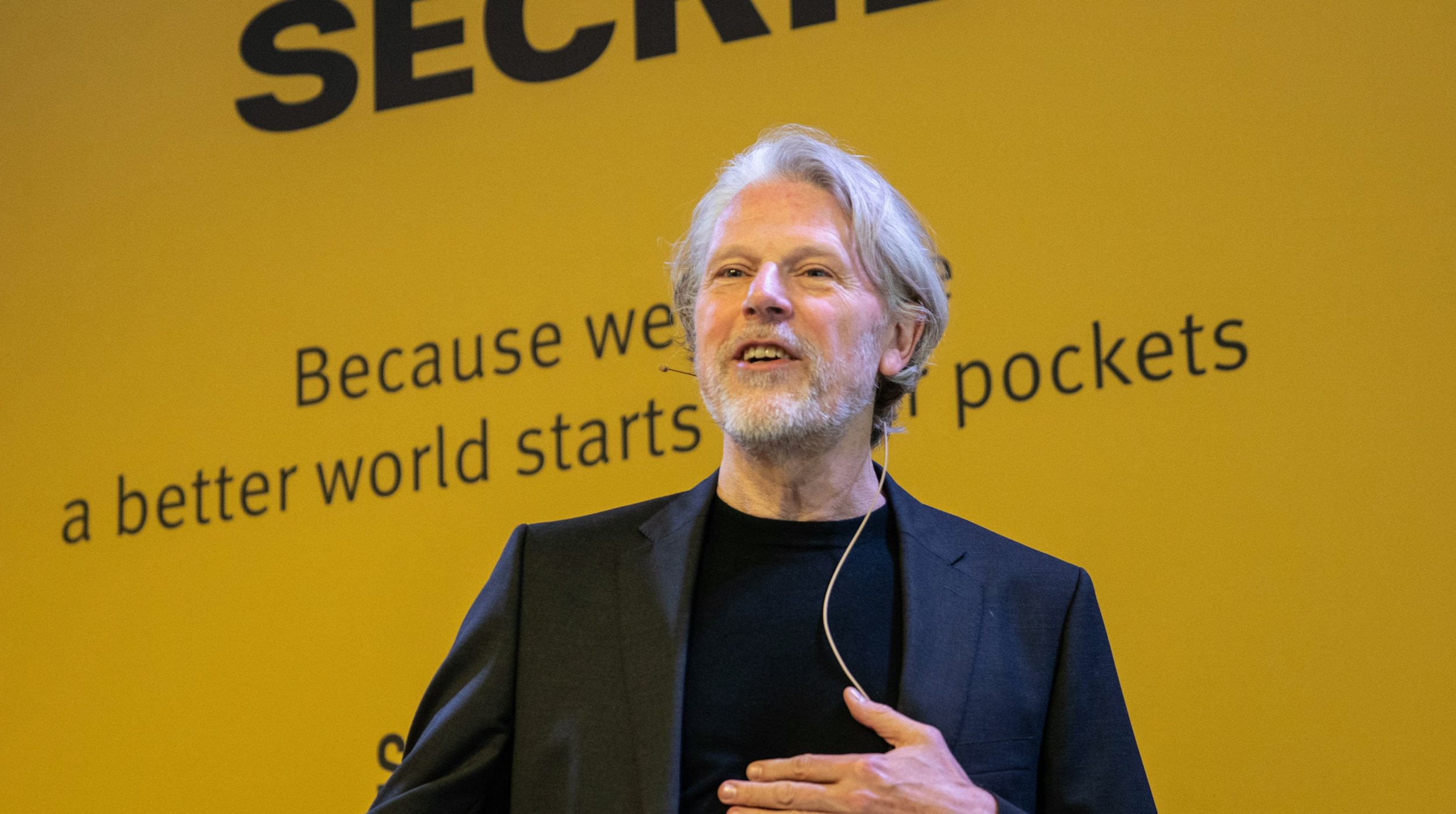
The Industrial
Evolution
A shift from the Industrial Revolution to the Industrial Evolution
Three million years ago, our ancestors created their first tools from flint. They probably did not have much else. Ever since, the processing of raw materials into products has remained a time-consuming and labour-intensive activity. Products were valuable and used for as long as possible. Repairing defective products was the most normal thing in the world.
It wasn’t until the start of the Industrial Revolution – around 1750 – that artisanal production was replaced by mass production and trade became mass consumption. In recent decades, the massive relocation of factories to low-wage countries has led to a further erosion of both retail prices and value perception. Products have been degraded to gadgets and fast fashion. Nowadays, buying something new is often cheaper than repairing a defective product.
People love their products, but not many cherish these possessions. Companies rush to introduce new trends and produce even cheaper products, while consumers replace these products at an ever-increasing pace. Overconsumption is having an extremely heavy impact on people, nature, and the environment. It’s a downward spiral that can only be halted by consumers by choosing better products that are less harmful to the environment and have a longer lifespan and deeper meaning to users.
New products must be developed which are intrinsically ‘better, more sustainable and more valuable.’
Instead of ‘cheaper and worse’, new products must be developed which are intrinsically ‘better, more sustainable and more valuable’ than products that came before. This requires extra attention from designers, who must reinforce the advantages of these products and eliminate the disadvantages. Only in this way can the industry contribute to a sustainable society. This is necessary as a contribution to a balanced earth. We call this the Industrial Evolution, the inevitable sequel to the Industrial Revolution.
We – Marianne and René, founders of Secrid – have been working as designers of industrial products in both fashion and technology since 1985. Over the past 35 years, we have experienced how this creative field has become more fleeting. Speed and originality seem to have gradually become more important than thorough improvements. In addition, through mass production in poorer countries, the Western world has unanimously opted for low prices that are linked to low standards in the areas of labour law, the environment and quality. The development of a new product is a complex process, often involving thousands of choices, and good guidelines for these choices are lacking. This subject intrigues us immensely. That is why we have been actively researching it since 1995. We call the results of this research ‘The Principles of the Industrial Evolution’. Secrid is both our testing ground and our platform for sharing these ideas with the rest of the world.
Stories
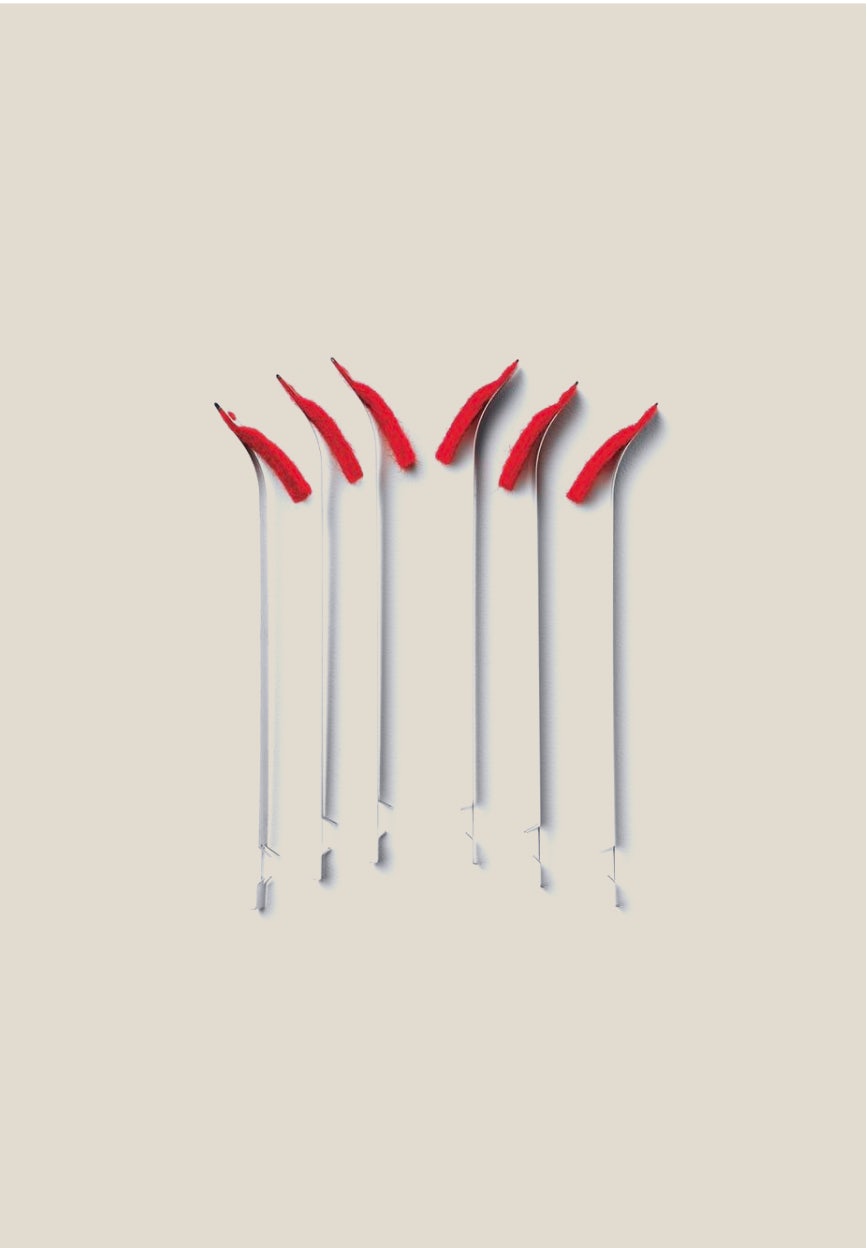
The Power of Small
Our patented mechanism, designed by Secrid's co-founder, inspired by his father.
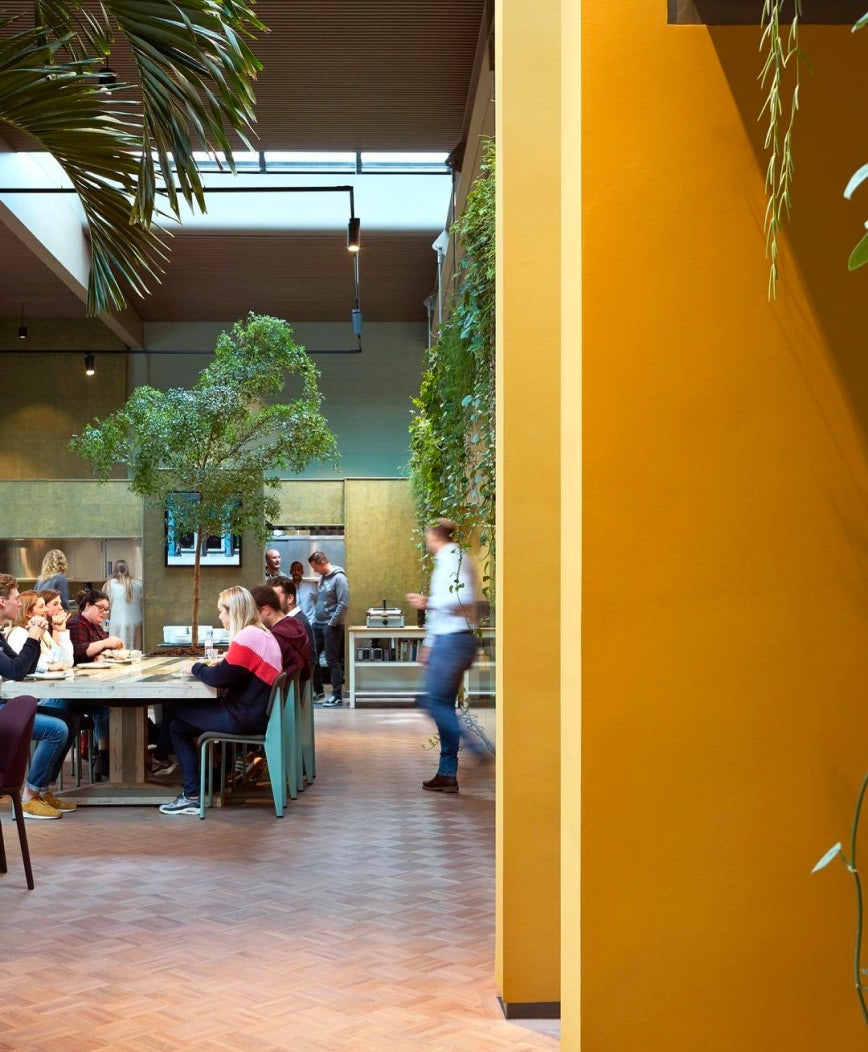
Our Heartquarters
In 2009, three people started the Secrid adventure: Marianne, René and Paul. Thirteen years later, our creative family consists of more than 100 colleagues and we keep growing steadily.
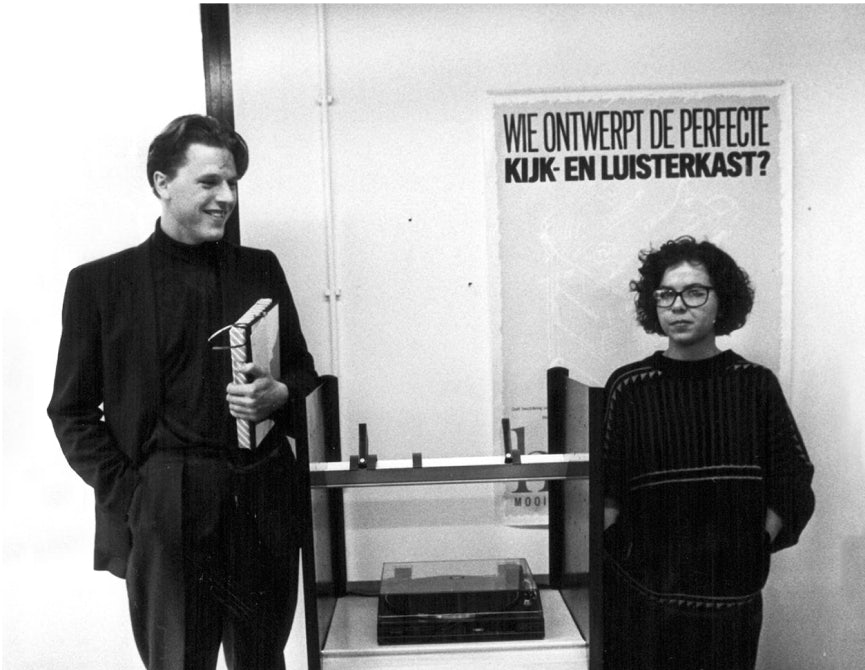
How It All Started
Secrid is a family business and 100% owned by the Van Geer family. The company was founded by René van Geer and Marianne van Sasse van Ysselt.
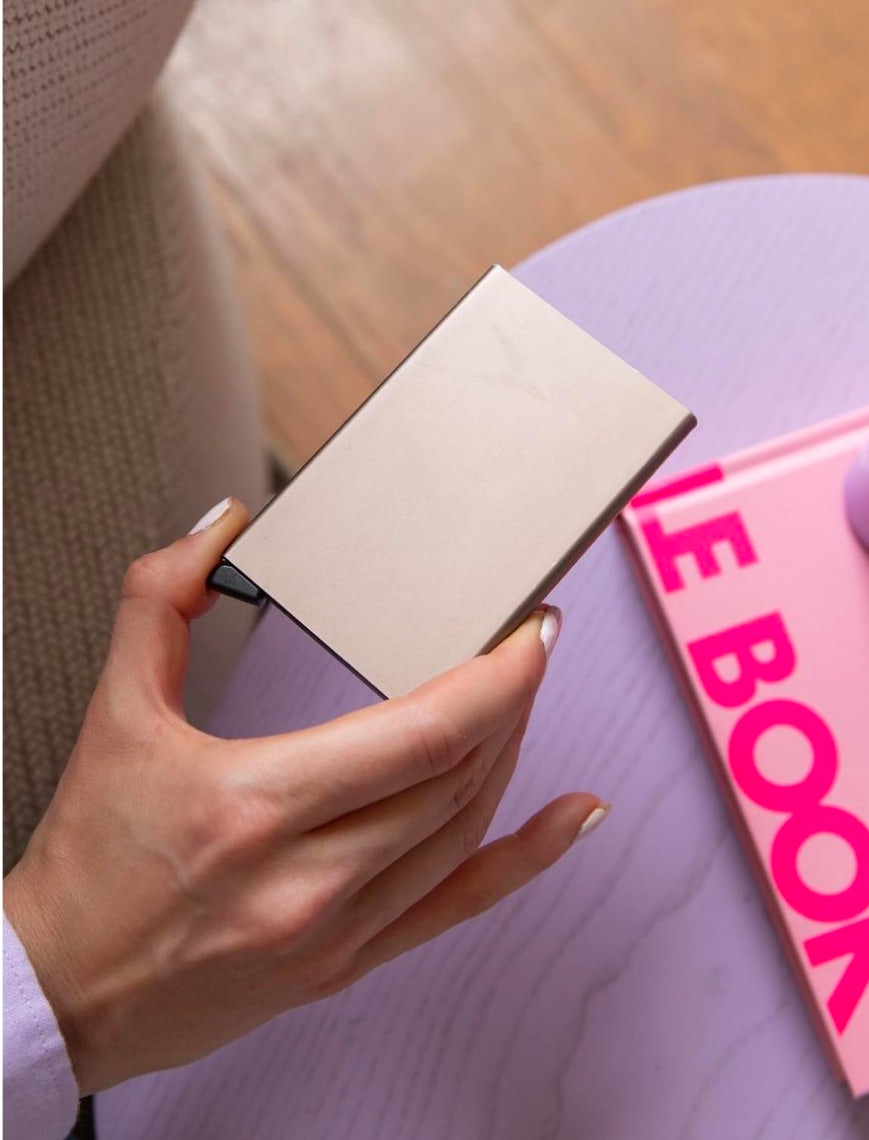
Meet the Secrid community - Wiktoria
I'm always with my head in the clouds andsuper chaotic, because of this I always lost my cards. The Cardprotector is the perfect gift to keep my cards safely together.
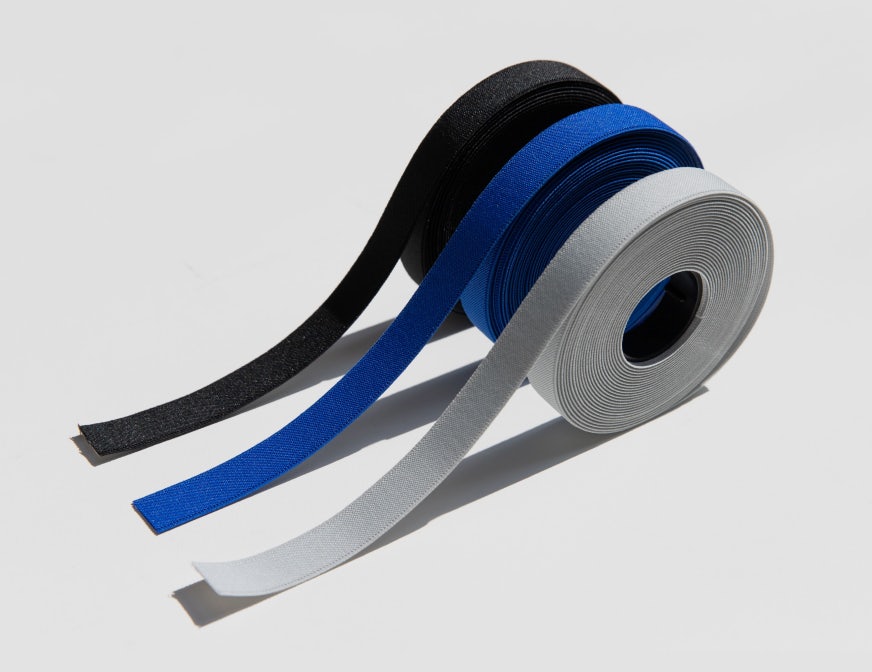
The Search for Lasting Materials
The Bandwallet TPU is innovative and durable, inspired by workwear and designed with strong seamless welding. Functionality and aesthetics literally merge in the new Bandwallet TPU.
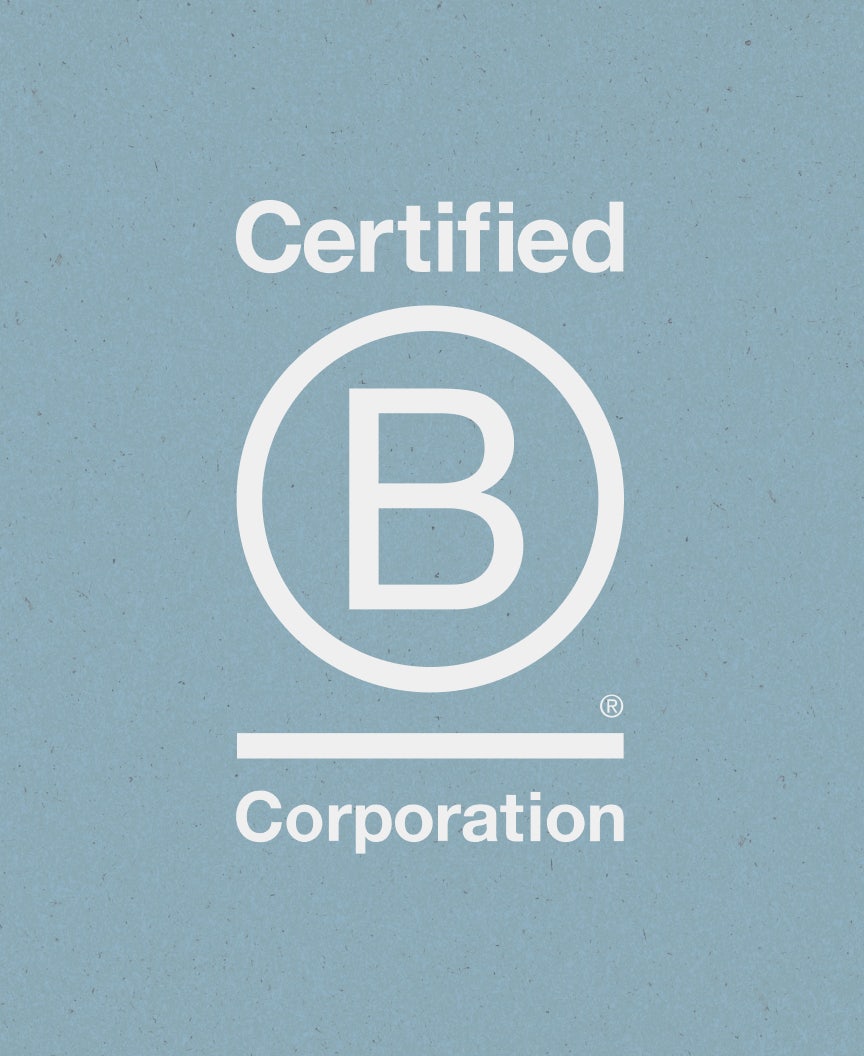
Secrid is a Certified B Corp
While too many companies strive only to make as much profit as possible at all costs, B Corporations primarily look at the consequences for people, nature and the planet.
